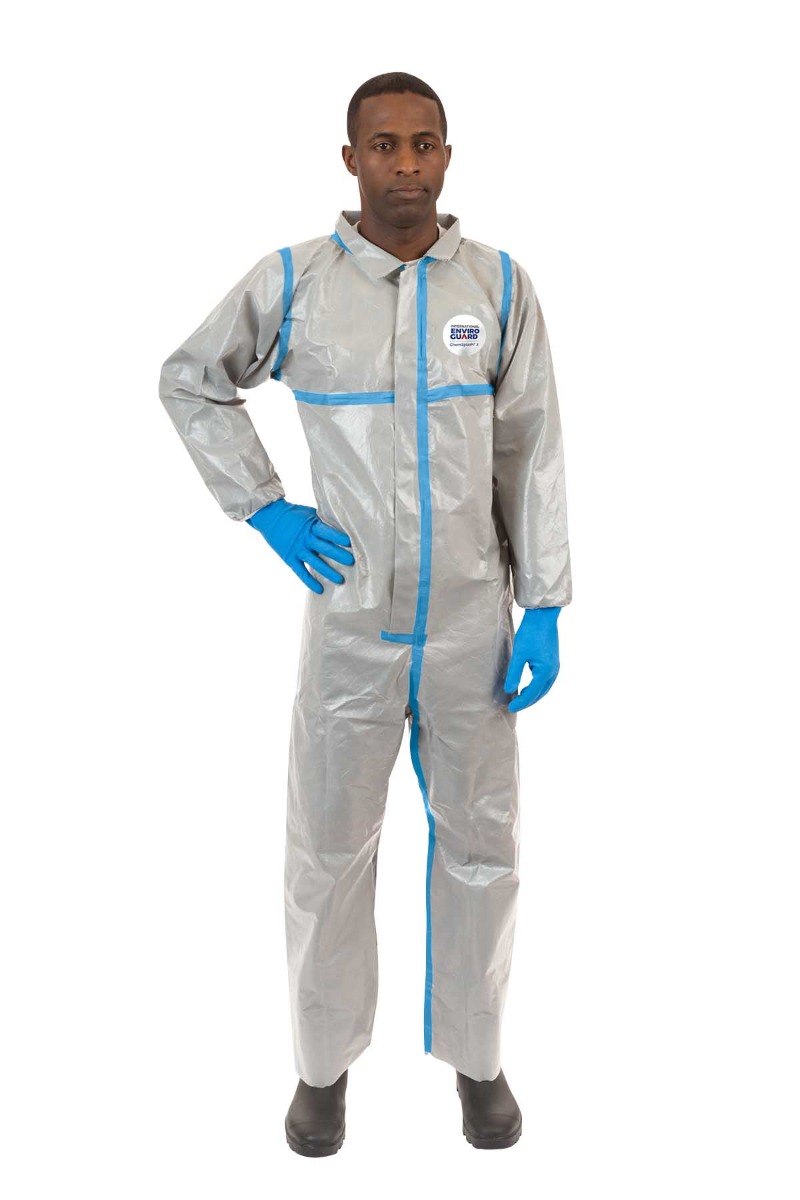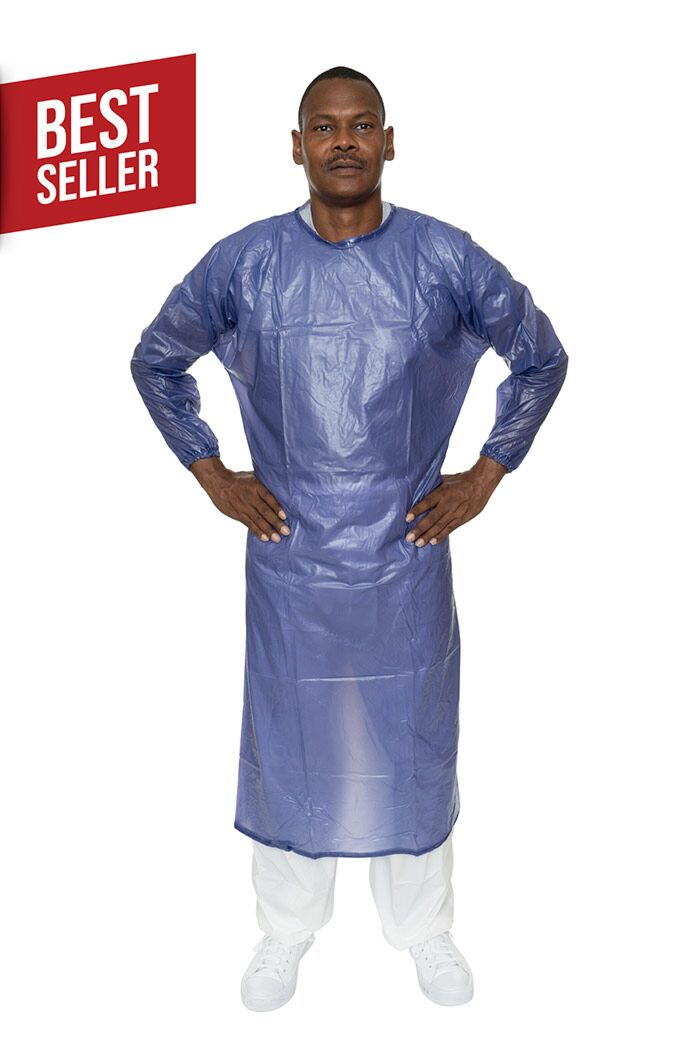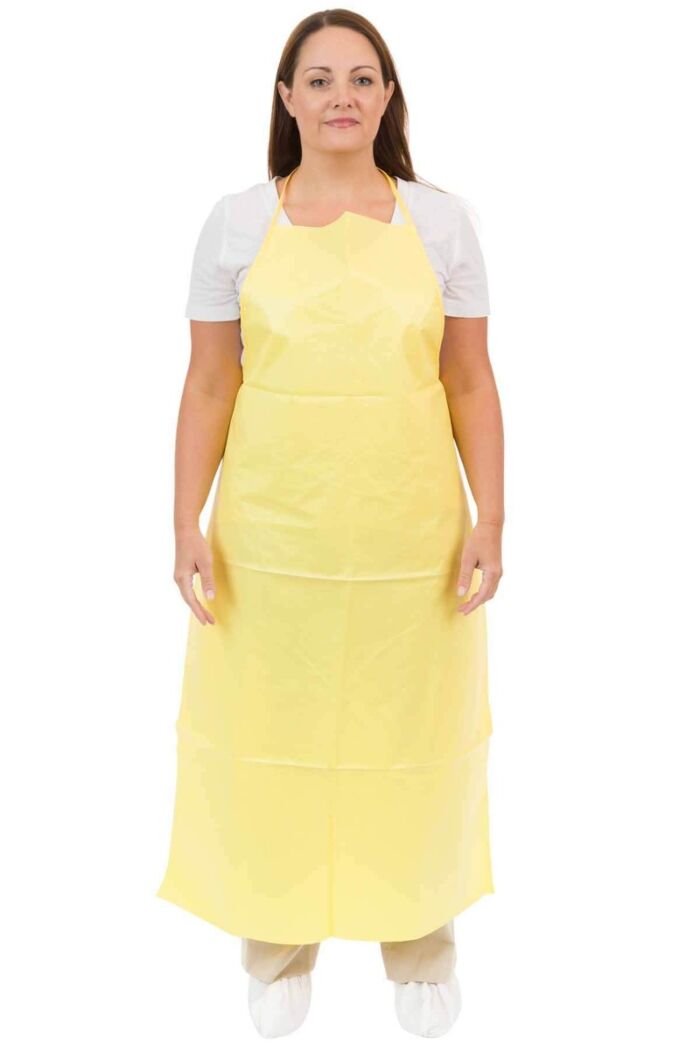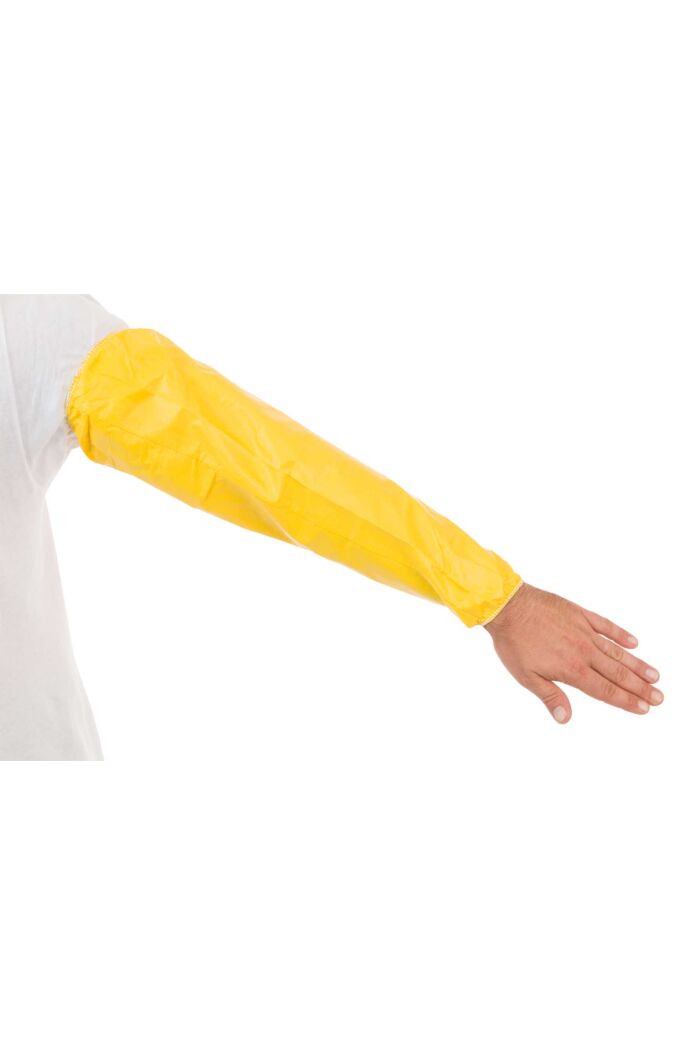We use cookies to make your experience better. To comply with the new e-Privacy directive, we need to ask for your consent to set the cookies. Learn more.
Personal Protective Equipment for Pesticide Applicators
Protective Materials to Avoid with Pesticide Applications
Applying pesticides typically involves large amounts of highly toxic chemicals. Protective clothing made of cotton minimizes the risk of skin exposure to pesticides in the form of dust, granules, or powder but it doesn’t protect against liquid spills, sprays, or mists.
Cotton-based coveralls are not recommended for use with liquid pesticides because the fabric absorbs liquid(s) and holds it on the skin or underlying clothes. Disposable pesticide spray suits are the ideal option, and here's why:
Chemical-Resistance: Non-Wovens & Laminated or Coated Fabrics
When dealing with crops and chemicals, protective clothing for spraying pesticides should be long-sleeved with pants, such as a coverall, to cover as much skin as possible. Skin contact can cause irritations such as chemical burns or worse, depending on the toxicity of the chemical. Refer to the pesticide labels and MSDS sheets for information on the chemicals' toxicity and safe handling procedures.
Uncoated Nonwovens for Non-Liquid Applications
Cotton is commonly used for multi-use PPE; however, most disposable coveralls are made of a non-woven fabric. The fibers that make up a nonwoven fabric have a random orientation that does not allow contaminants with a direct path through the fabric.
Uncoated nonwoven fabrics can be used with pesticides in a granule, dust, or powdered form. But they do not protect against spills, sprays, or mists and are not recommended for use with liquid pesticides. A disposable pesticide spray suit with a chemical-resistant barrier is best for liquid applications.
Coated or Laminated Non-Woven Fabrics for Liquid Applications
Protective fabrics with chemical coatings or laminated fabric layers are more resistant to pesticide penetration. Coated and laminated fabrics resist liquid penetration; however, not all coated fabrics qualify as chemical resistant. This is a critical requirement for a pesticide protection suit in terms of preventing pesticide poisoning.
When selecting appropriate PPE, the chemical permeation data for the barrier fabric, pesticide product, and diluent should be considered. Pesticide handlers must always check the pesticide labels and material safety data sheets (MSDS) sheets or safety data sheets (SDS).
Chemical-resistant suits are recommended when handling highly toxic liquid pesticides (mist, spray) that will dampen clothing. The ChemSplash® 1 and ChemSplash® 2 product lines include pesticide spray suits, PPE for fumigation, and chemical protective accessories that are designed with chemical-resistant, laminated non-woven fabrics.
PPE for Pesticide Preparation, Cleaning, Mixing, Tank Emptying and Spray Malfunctions
When handling the spray tank, it’s recommended to also wear a chemical-resistant apron over the coverall. This protects more exposed areas against contact with organic chemicals—this is essential for pesticides of category I and II toxicity.
Aprons offer excellent protection against spills and splashes and are also useful when handling dry materials like wettable powders. They easily fit over other protective clothing and are comfortable enough in warm temperatures. Consider an apron that extends from the neck to at least the knees – if possible, find an apron with attached sleeves and elastic wrists.
As a trusted pesticide PPE supplier, we are happy to answer any questions or provide product test data for your reference. Whether you’re looking for agricultural spraying PPE, PPE for field workers, or for handling heavy-duty chemicals, International Enviroguard has you covered.




